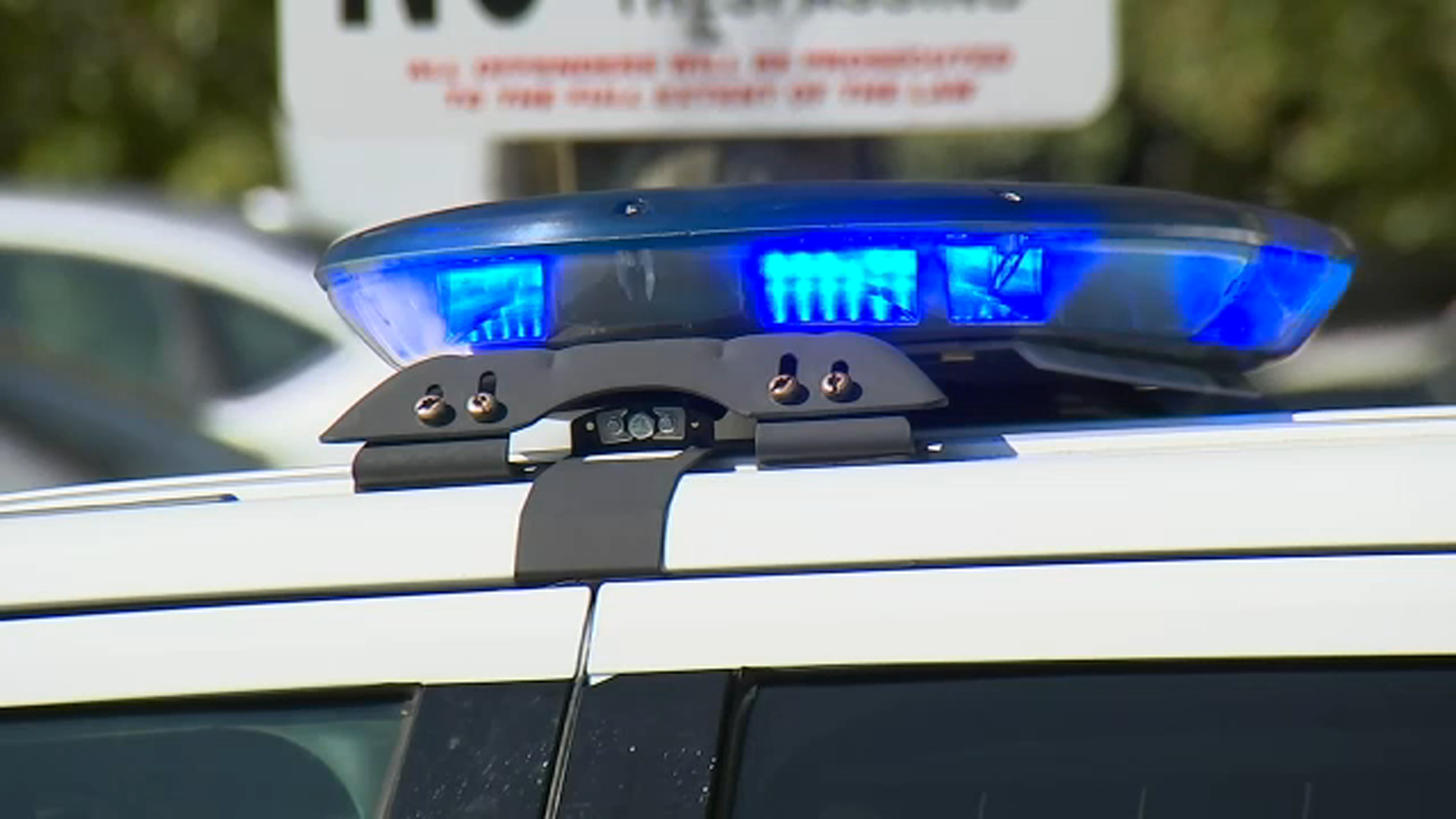'Something was different': 911 operators detail handling rush of calls during Raleigh mass shooting

RALEIGH, N.C. (WTVD) -- Dispatch operators are trained to handle a wide variety of calls, including car wrecks, drug overdoses and shootings. But they told ABC11 that it quickly became apparent that the types of reports they received last Thursday when a suspect shot and killed five people while injuring two others, were abnormal.
"I heard him yell across the room something like 'the shooter's on the move, the suspect's on the move.' The urgency in his voice, there was something in his voice that triggered me to let me go down and see what's going on. And then when I stood behind him and saw him taking the call, that's when I realized something was different about this call," said Jonathon Leal, the Operations Manager at the dispatch center.
Zachary Williamson was one of the telecommunicators who responded to calls that night.
"This was something even more above and beyond what we'd normally expect," Williamson said. "You hear the phones ringing, you see the calls stacking up, there's only so many of us that can handle the calls. So we're trying to get through them as fast we can."
Complicating matters was this was an active scene, with reports coming from different locations.
"We do have to keep apprised of the situation as it's going on, knowing the last known direction of travel, the number of victims, the location of those victims, so we can make sure we're giving the information out that's important at that particular moment," Williamson said.
'Nightmare for law enforcement'
"It's a literal nightmare for law enforcement. Because not only do you have an active shooter, you have an active shooter who's mobile. And when you have a mobile active shooter, then you're actually engaged in some semblance of urban warfare," said Dr. Andrew Scott, a law enforcement expert who previously served as police chief in Boca Raton, Florida.
According to the five-day report, 10 minutes elapsed between the first 911 call of shots fired at 5:09 p.m. to when Raleigh Police arrived on-scene at 5:19 p.m. Scott described that response time as "longer than usual" for a report of that nature, though he stressed that context is key, including where officers were at the time, staffing levels, and other calls for service at the time.
"Once this event started to cascade, and you had multiple 911 calls, it really stresses the agencies' allocation of personnel. Because now you've got multiple calls of shootings, and victims, and so on and so forth," said Scott.
As authorities zeroed in on the suspect, identified by his family as 15-year-old Austin Thompson, in an area near McConnell Oliver Drive, the five-day report notes he shot toward officers, striking Raleigh Police Officer Casey Clark. Authorities then returned fire.
"The premise of laying cover fire for officers to drag that officer out of harm's way -- that's where the multiple rounds were discharged -- is a sound, tactical approach when you're saving the life of a fellow officer or even a citizen," said Scott.
Following the exchange of gunfire, officers set up a perimeter for nearly three hours before members of the Selective Enforcement Unit made entry to the building and took Thompson into custody.
"The officers knew they were going to go in. And the officers knew there was a great potential that either the suspect was going to get killed or one of their officers was going to get shot and killed or both. So with that, make that decision in the three-hour period that you're talking about, I don't think that was too long. In fact, given the totality of circumstances, I'm pleased they went in as quickly as they did," Scott said.
The five-day report noted that Thompson suffered a single gunshot wound, though it did not specify whether it was self-inflicted or from an interaction with law enforcement. As of Friday, he remains hospitalized at WakeMed. Because of his age, he has not been publicly named by law enforcement.
'Sigh of relief' at 911 call center
Leal said staffing levels at the dispatch center were normal Thursday, though they did call in the night shift early to provide assistance responding to calls. He was listening in as police announced Thompson was in custody.
"We were very invested, and it was intense and it was just kind of a quiet sigh of relief. There was no whooping or hollering, the reality of the event set in after that," Leal said. "All of these people's lives have been changed in a matter of a few minutes, and there's some closure now. The person who's responsible for ruining lives is in custody. It didn't make any of us feel better, but it did bring the tension down a little bit."
Williamson added: "I think everyone was on guard at this particular moment. One of the first calls we received is the officer (Gabriel Torres) was the one who was hurt. At that time, we didn't know the extent of his injuries. So I think that right there set the tone a little bit. It's difficult for everyone to calm down because there are people in the Communications Center who knew that officer personally, or who were connected with him in some way. So it's difficult in that particular moment."
Torres, who was off-duty at the time and was about to head to work, was killed in the attack. His funeral is set for Saturday morning.







